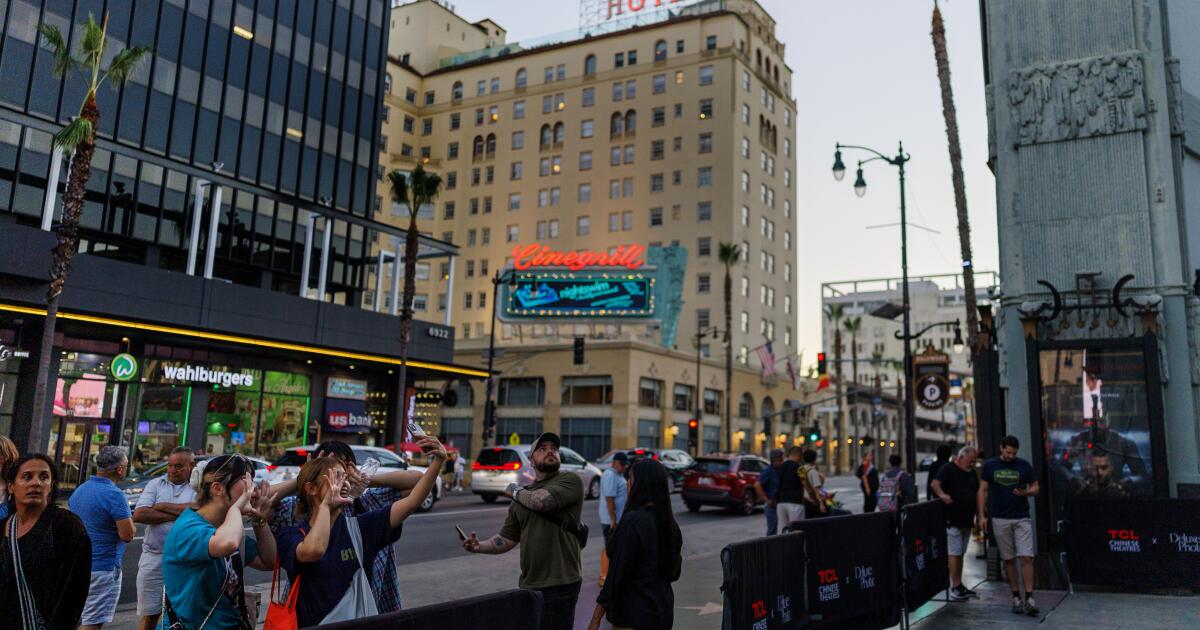URGENT UPDATE: International tourism in Los Angeles has plunged by 8% this summer, marking a significant decline of more than 170,000 visitors compared to last year. This alarming trend has raised concerns about the impact on California’s economy, heavily reliant on tourism.
New reports confirm that the downturn is primarily attributed to geopolitical tensions and recent immigration policies under the Trump administration. Experts cite a sharp 32% decrease in arrivals from Canada, the largest drop among international travelers. On the iconic Hollywood Boulevard, foot traffic has dwindled by nearly 50%, leaving local businesses struggling to survive.
“It used to be shoulder to shoulder out here,” said Salim Osman, an employee at Ride Like A Star, an exotic car rental company. With fewer tourists, businesses near the TCL Chinese Theatre are seeing reduced sales and have been forced to raise prices due to tariffs and declining foot traffic.
Adding to the distress, Yosemite National Park reported a staggering 50% drop in bookings ahead of Memorial Day weekend, reflecting a broader trend of diminished interest in California’s natural wonders.
The perception of the U.S. as a travel destination has soured. Shocking images of recent wildfires and strict immigration crackdowns have deterred potential visitors. Geoffrey Mutton, an Australian tourist, noted, “A lot of people have had a changed view of America. They don’t want to come here and support this place.”
Local officials, including Palm Springs Mayor Ron deHarte, highlight that President Trump’s tariff policies have adversely affected Canadian tourism. “We’ve hurt our Canadian friends with actions that the administration has taken,” he stated, expressing hope that the trend will reverse soon.
The latest data also indicates that visitors from China, India, Germany, and Australia are avoiding California, leading to a notable drop in traffic at airports. Cynthia Guidry, director of Long Beach Airport, pointed out that reduced airline schedules and rising costs are compounding the issue.
However, not all is bleak; arrivals from Mexico have risen by 5% over the past three months, indicating that some segments of tourism remain resilient. Guillermo, a tourist from Mexico, shared his motivations for visiting: “If there’s a deal, I’ll go.” His recent trip to Southern California included visits to popular attractions like Disneyland and a Dodger game, showcasing that while some are deterred, others continue to seek out experiences.
With the tourism sector facing unprecedented challenges, industry leaders are urging for immediate action to restore California’s status as a premier travel destination. As developments unfold, the future of international tourism remains uncertain, and stakeholders are left watching closely.
Stay tuned for more updates on this developing story.
